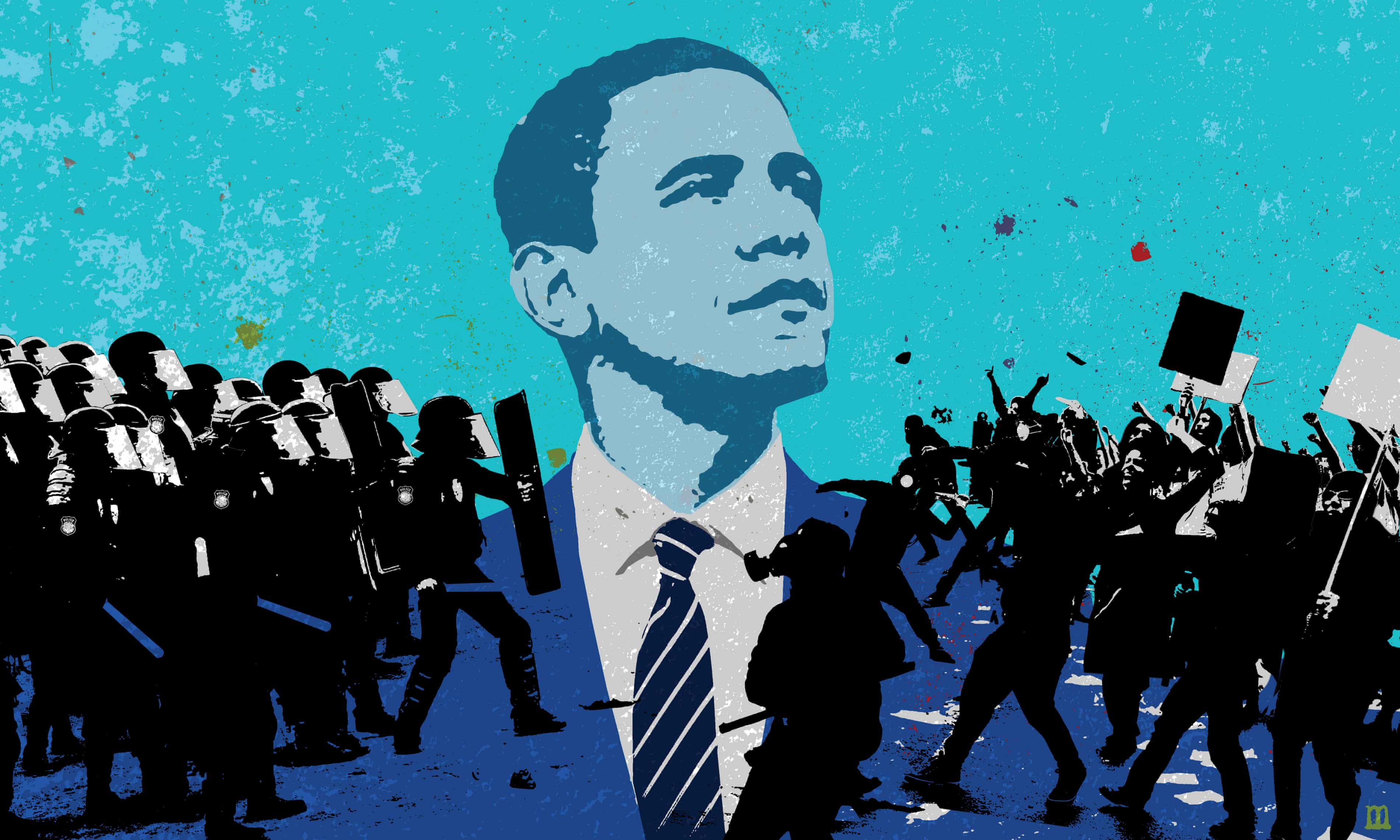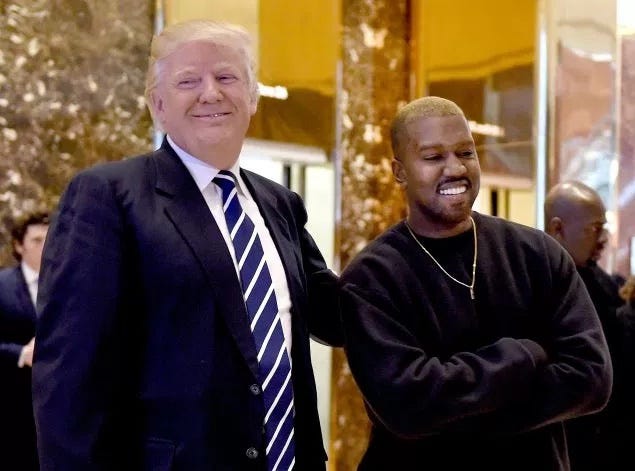The Rumpus Interview with Emily Raboteau
The Rumpus
2016-12-28
Gina Prescott

The Fire This Time: A New Generation Speaks about Race is a collection of essays and poetry that takes its name from James Baldwin’s classic, The Fire Next Time. Jesmyn Ward, the collection’s editor and author of the National Book Award-winning novel, Salvage the Bones, was inspired to create the collection after finding solace in reading Baldwin in the wake of the seemingly never-ending killings of young black men covered by the media over the last few years.
In her introduction, Jesmyn writes “I needed words. The ephemera of Twitter, the way the voices of the outraged public rose and sank so quickly, flitting from topic to topic, disappointed me. I wanted to hold these words to my chest, take comfort in the fact that others were angry, others were agitating for justice, others could not get Trayvon’s baby face out of their heads.”
This slim collection achieves its intended purpose of both comforting its readers and expressing the pain and complexity of what it means to be black in the United States. It brings together a talented group of astute black writers, including Edwidge Danticat, Kiese Laymon, Rachel Kaadzi Ghansah, and Isabel Wilkerson. Their pieces, in turn, are reflective, angry, somber, humorous, informational, and cautiously hopeful. It is a necessary and beautiful collection, the kind of book that when you finish it, you are full of gratitude for its existence, bring it to your chest as Jesmyn hoped, and think, “Thank you, Thank you.”
Over email, I had the opportunity to interview one of the contributors, Emily Raboteau, author of the novel The Professor’s Daughter and the memoir Searching for Zion. Emily’s essay, “Know Your Rights!,” is about her struggle to determine when and how she should discuss police brutality and race with her two young children. She finds her answer in a series of murals and in the rehabilitation of the High Bridge…
…Rumpus: Jesmyn has stated that she was very broad when she solicited pieces, explaining that she wanted to keep it open. Can you describe your experience receiving Jesmyn’s invitation to write something for this collection. Did you know right away what you wanted to write about or was it overwhelming?
Raboteau: Initially, I planned to write a letter to my kids to prepare them for the tough stuff they’ll encounter as black Americans, just as Baldwin did by writing The Fire Next Time as a love letter to his nephew, James. I felt honored that Jesmyn asked me to participate in this project, but also overwhelmed by the assignment, not least of all because nobody writes as powerfully as Baldwin. More than that, I didn’t know what to say. The massacre in Charleston had just happened and the uprising in Ferguson was going on. My kids were, are, still really little. I felt and feel scared for their well-being—my son in particular had already been pathologized. He’s not yet in kindergarten. I felt helpless, angry, and tongue-tied. Then I ran across this mural in my neighborhood while walking with my family, and it felt like a small gift. Once I discovered that it was part of a larger series of murals in neighborhoods most plagued by police brutality, I decided to photograph them and structure my piece as a photo essay rather than a letter. The murals jogged me out of my stasis. Good art has the power to do that for us…
Read the entire interview here.



